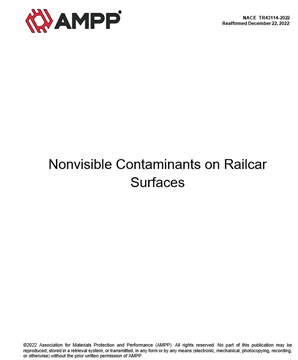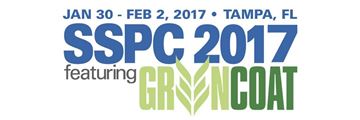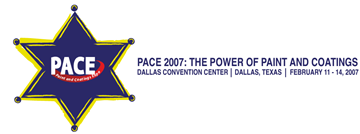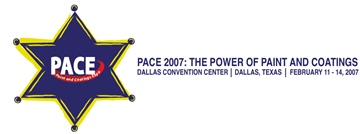Search
Products tagged with 'material selection'
View as
Sort by
Display
per page
MR-01-74-HD1995-SG, Recommendations for Selecting Inhibitors for Use as Sucker Rod Thread Lubricants
Product Number:
MR-01-HD1974
Publication Date:
1995
$179.00
NACE SP21412-2016/SSPC-CPC 1, Corrosion Prevention and Control Planning
Product Number:
21412-SG
ISBN:
1-57590-356-3
Publication Date:
2016
$179.00
NACE TR43114-2022, Nonvisible Contaminants on Railcar Surfaces
Product Number:
NACE TR43114-2022
Publication Date:
2022
$109.00
Past Versus Present - Comparing Laboratory Performance of Vinyl Resin Coatings with Modern Epoxy-Polysiloxane Coating Systems
Product Number:
51217-076-SG
Publication Date:
2017
$20.00
Penn Avenue Reconditioning Tight Site & Telecommunication
Product Number:
51217-085-SG
Publication Date:
2017
$20.00
Quality Work and Contractor Profitability
Product Number:
41207-374-SG
Publication Date:
2007
$20.00
RP0491-1991, Worksheet for the Selection of Oifield Nonmetallic Seal Systems
Product Number:
53081-HD1991
ISBN:
1-5790-169-2
Publication Date:
1991
$179.00
SP0407-2018-SG, Format, Content, and Guidelines for Developing a Materials Selection Diagram
Product Number:
21123-SG
ISBN:
1-57590-212-5
Publication Date:
2018
$109.00
Spherical Tank External Coating Simplified Strong Teamwork
Product Number:
41206-255-SG
Publication Date:
2006
$20.00












